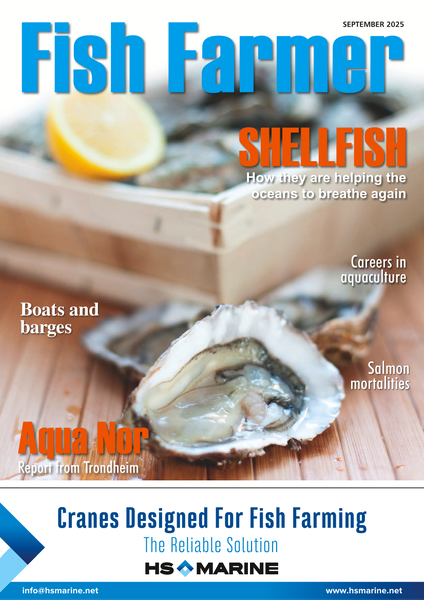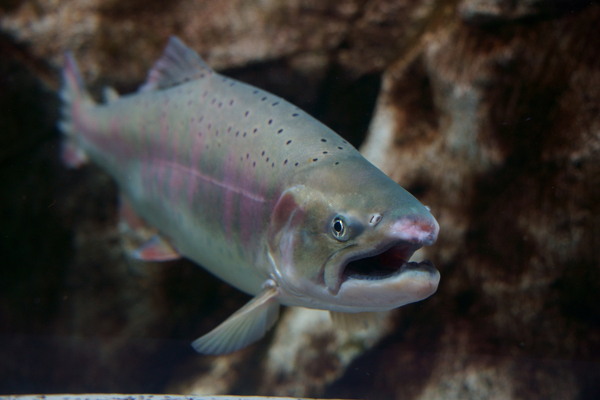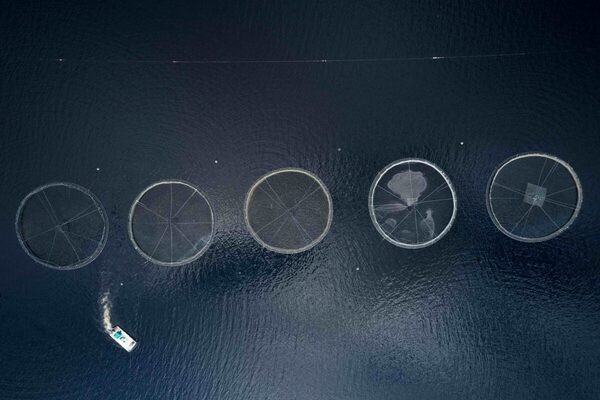Wild Fisheries Fund announces grants for 2025/26
Scotland’s salmon farmers are investing in 10 projects nationwide to protect rivers, restore habitats, and safeguard wild salmon and sea trout.
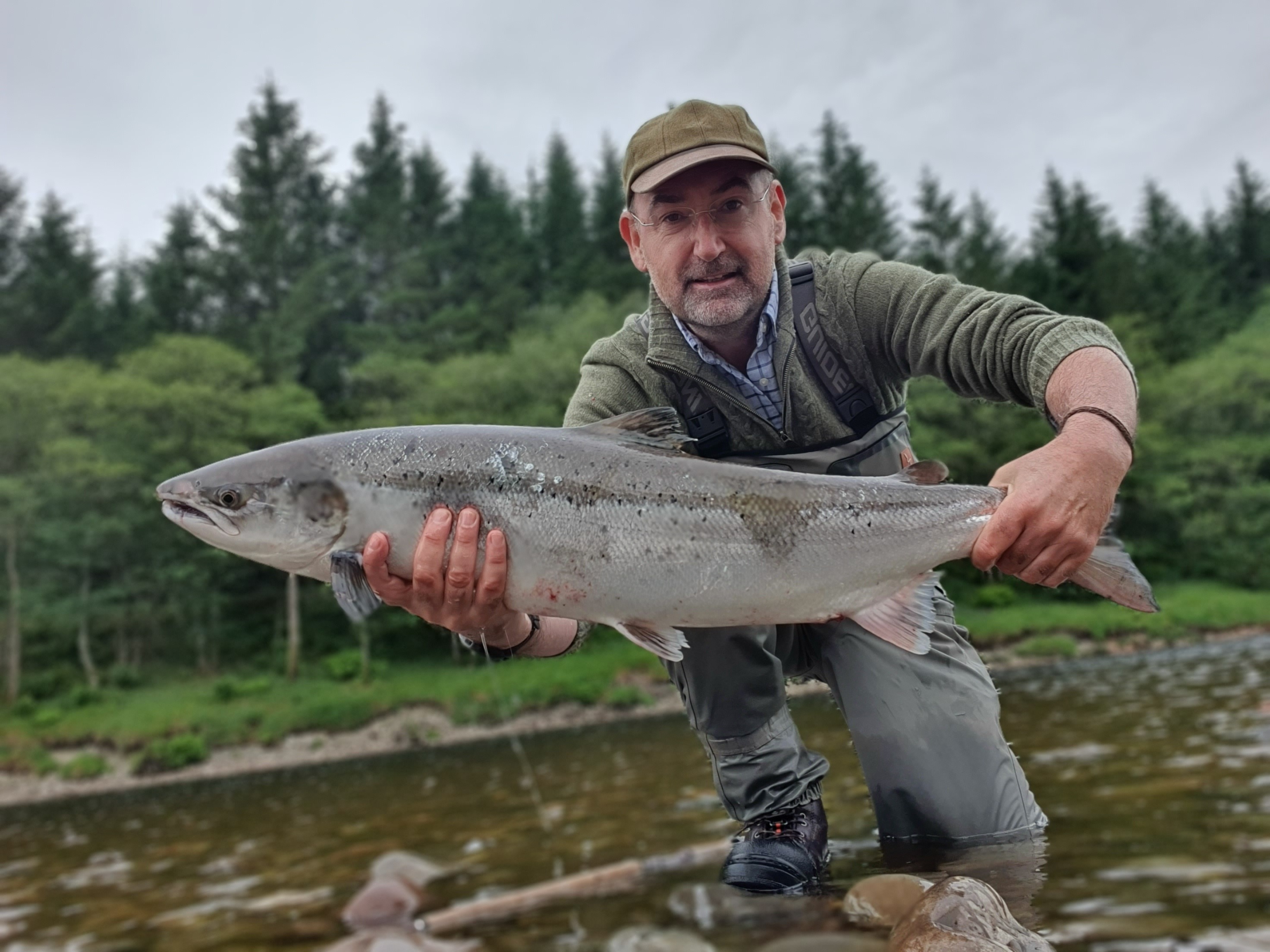
More than £230,000 has been awarded this year through Salmon Scotland’s Wild Fisheries Fund for practical work tackling long-term species decline.
The fund is co-ordinated by fishery manager Jon Gibb in Fort William, who has worked to build constructive links between farmed salmon producers and the wider fisheries and angling community.
The fund is part of a £1.5m commitment to conserve, restore, and sustainably manage wild fish populations across Scotland.
Jon Gibb, co-ordinator of the Salmon Scotland wild fisheries fund, said: “This crucial funding gives rural and coastal communities vital support to protect wild salmon and sea trout.
“This keystone species faces serious threats both in rivers and at sea, and projects that help understand and tackle these challenges are urgently needed.
“These 10 projects show how communities are taking practical action, from restoring habitats to gene bank research and long-term monitoring.
“It’s inspiring to see local groups, trusts and fisheries working together to safeguard these species and demonstrate how community-led conservation can make a real difference.”
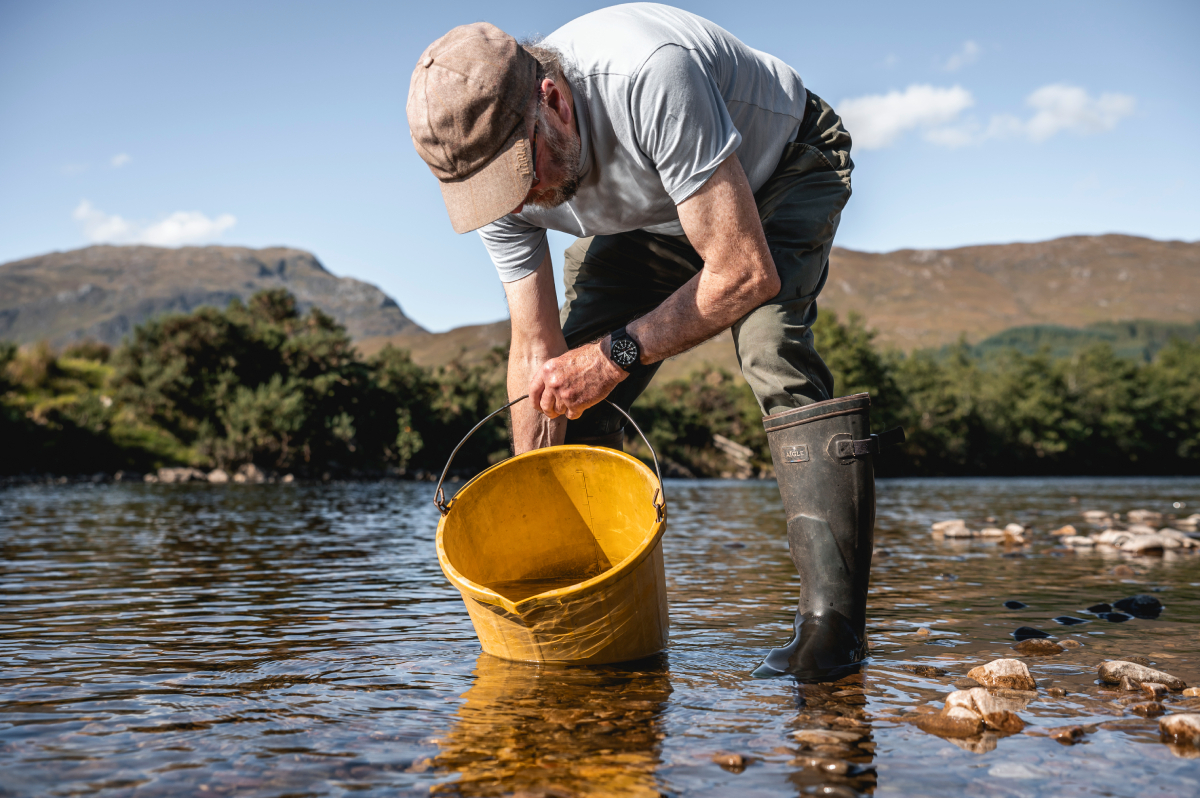
Restoring Scotland’s river habitats
This year’s grants cover a mix of practical conservation, habitat restoration, and scientific research.
The Loch Lomond Fisheries Trust will receive £30,625 for river bank improvements and tree planting on the River Fruin, while £17,541 will go towards erosion mitigation and spawning ground protection on the River Doon in Ayrshire.
The Stornoway Angling Association on the Isle of Lewis has been awarded £25,000 for urgent repairs to a key dam on the River Creed.
In Lochaber, £72,000 will support the Drimsallie Hatchery live salmon gene bank, and £11,600 will help the Lochaber Fishery Trust and the University of the Highlands and Islands in Inverness screen four rivers for juvenile salmon populations and genetic diversity.
Long-term monitoring continues at the Tournaig fish trap in Wester Ross with £8,485.
Other projects include research led by biologist Bob Kindness on the River Carron, with £10,000 to track how conservation stocking contributes to returning adult fish.
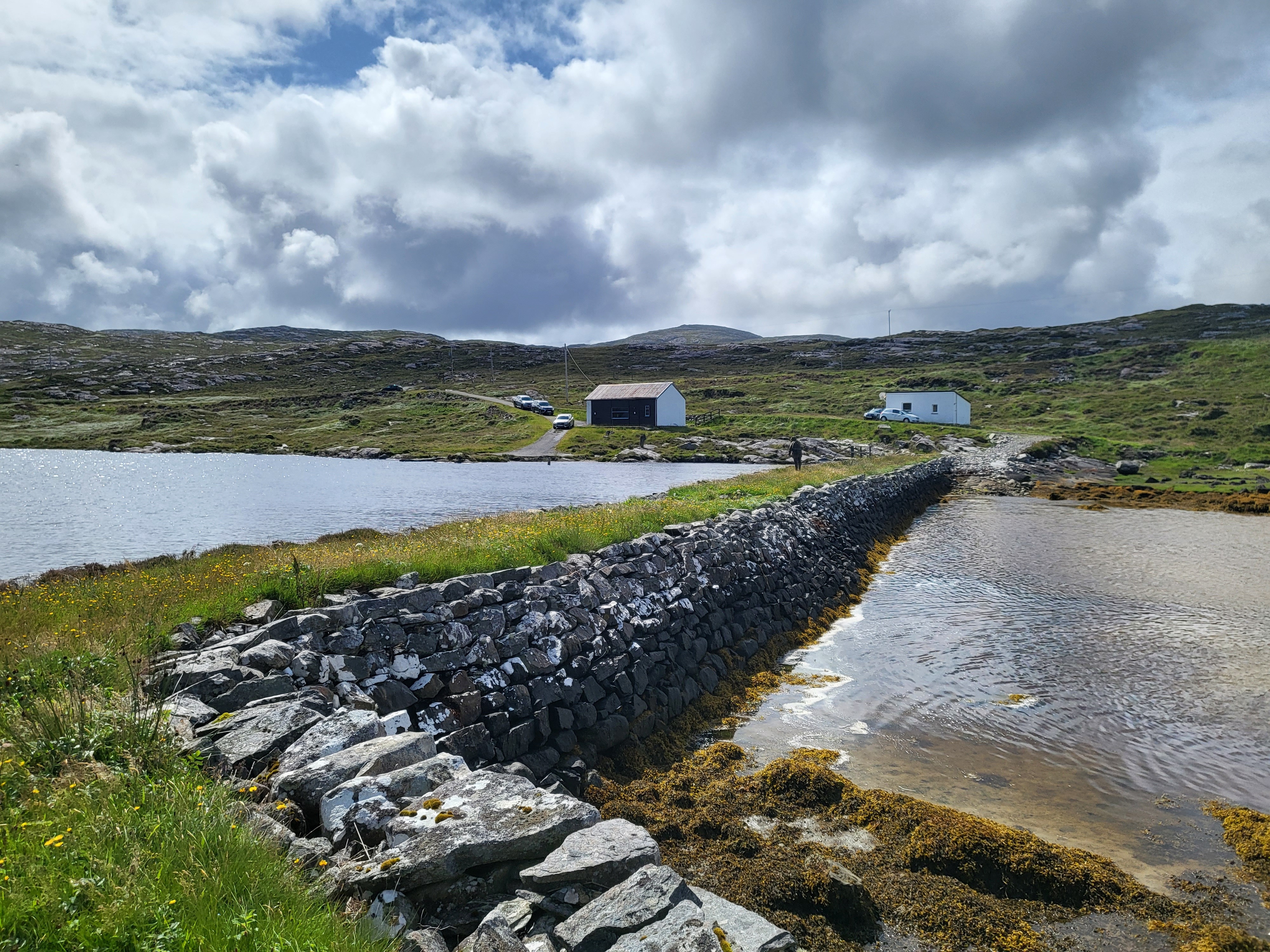
Together these initiatives are designed to tackle the long-term decline in wild salmon and sea trout populations.
Numbers across the UK have been falling for decades, mainly due to habitat loss and warming rivers and seas.
Survival at sea has dropped to between 1% and 5%, compared with around 25% 30 years ago.
Other pressures include invasive plants, predators such as birds, fish and seals, and obstacles to migration including dams and weirs.
Scotland’s salmon farming companies, which operate on the west coast, Orkney, and Shetland, set up the wild fisheries fund to help find practical solutions.
Since 2021, the fund – previously called the “Wild Salmonid Fund” – has invested around £475,000 in projects, including a £35,000 grant to repair the Fincastle Dam in West Harris, safeguarding an important salmon fishery.
Tavish Scott, Chief Executive of Salmon Scotland, said: “Through the Wild Fisheries Fund, we are supporting community-led projects that restore rivers, improve spawning grounds, and give wild salmon and sea trout a better chance of survival.
“Our members not only provide funding but also share expertise developed from the successful farm-raised salmon sector, helping ensure that restoration and conservation efforts are as effective as possible.”
Why not try these links to see what our Fish Farmer AI can tell you.
(Please note this is an experimental service)
